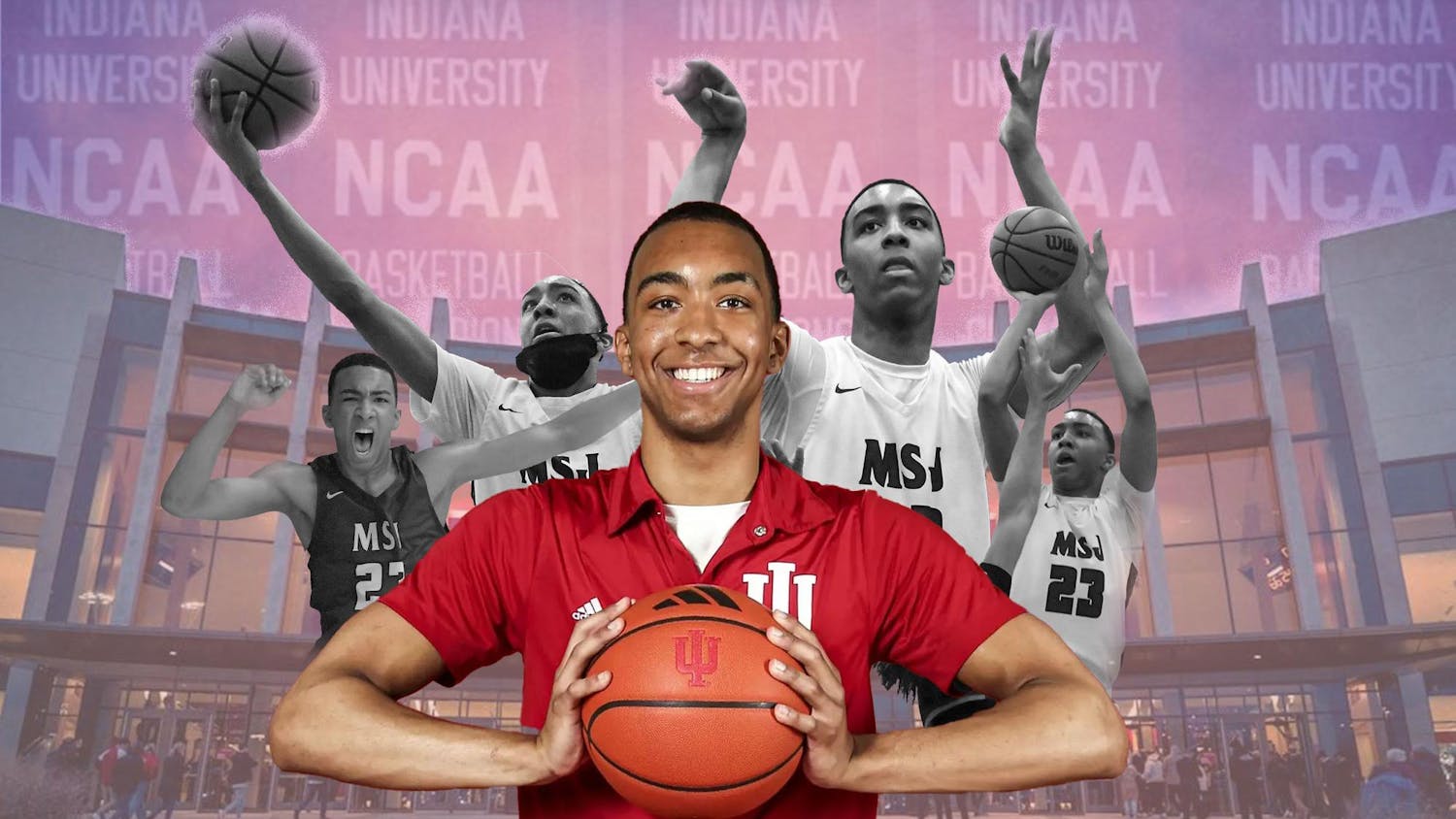For several years, the cost of college has increased annually, and so has the amount of student loans. Student loan debt is expected to exceed $1 trillion in the near future, surpassing the national credit card debt, according to the U.S. Department of Education.
The average student in Indiana graduates with $27,000 in debt, compared to $25,250 nationally. The state has the eighth-highest average debt in the country, and 62 percent of recent graduates had debt.
Within the state, IU has the greatest amount of debt, with the average debt per student at about $28,000, while students at Purdue University graduate with a little more than $26,000 and students at Ball State graduate with $24,000, according to the Project on Student Debt.
Matt Reed, a policy analyst for the Project on Student Debt, said that since the first debt report in 2006, his team has seen increases every time the survey has been taken.
“There’s national data that shows increases in borrowing starting from the early ‘90s up until the present,” Reed said.
There are several factors that could explain the increase, Reed said. One is the general state of the economy. Rising costs and cuts in federal scholarship opportunities also contribute.
“As the costs continue to rise faster than inflation and family income, and grant aid doesn’t always keep up, we have seen greater borrowing,” Reed said.
Roy Durnal, the interim director for the IU Office of Student Financial Assistance, said the University is doing several things to try and bridge this gap between costs and funds.
“Over the past several years, IU has significantly increased gift aid offered to undergraduate students,” Durnal said.
Gift aid — or aid available to students as scholarships for exceptional grades or as a supplement for students with financial need — has increased 77 percent from the 2005-06 school year.
But 55 percent of IU-Bloomington students still graduate with at least some debt, according to the Project on Student Debt.
Durnal said another way to curb debt is to take advantage of all of the credit hours a student is allotted in a given semester.
“The flat tuition rate at IUB means you’re paying the same tuition for 12 credit hours as you are for 17 credit hours, so students should work together with their academic advisor to maximize their credit hours each semester,” he said.
Reed said another important factor is thinking about what type of loans to take out if loans are simply unavoidable.
“If you need to borrow, first find all you can in grants and scholarships,” Reed said. “And if you need to borrow, take out federal student loans and look at federal parent loans before even considering private student loans.”
Federal loans have built-in safety guards for students, including fixed interest rates and payment rates that can be adjusted based on the income a recent graduate student makes after college, Reed said. The programs make sure that if students don’t get jobs right away, they will be able to pay their loans without the loans being a burden, he said.
Reed said although the idea of debt can be overwhelming, a university education is, on average, an investment worth making.
“People who have college degrees have higher employment rates and higher earnings, and taking out federal student loans can therefore be a great investment, as long as you take out a moderate amount,” Reed said.
Indiana student loan debt hits top 8 states
Get stories like this in your inbox
Subscribe





